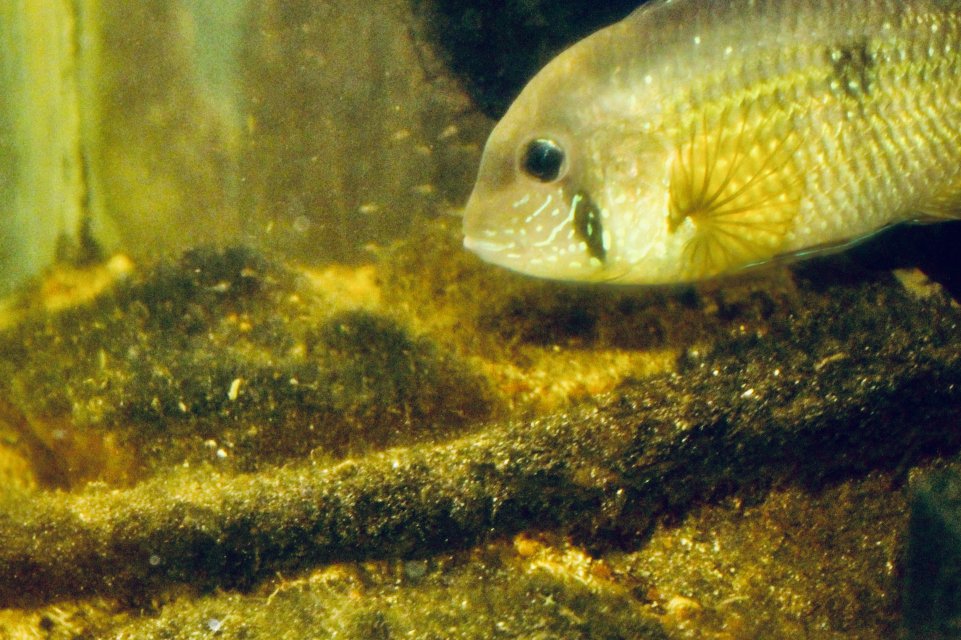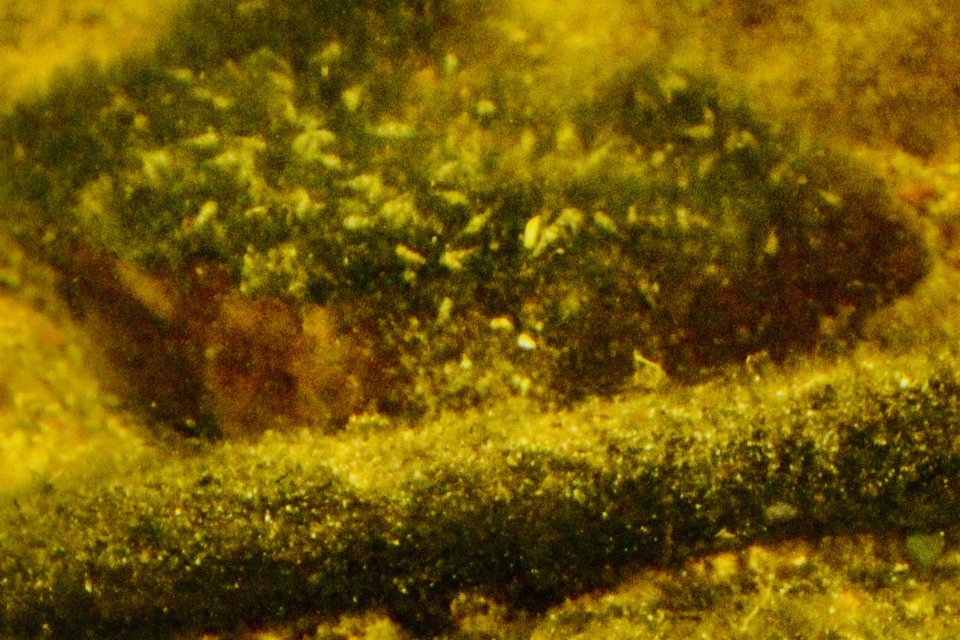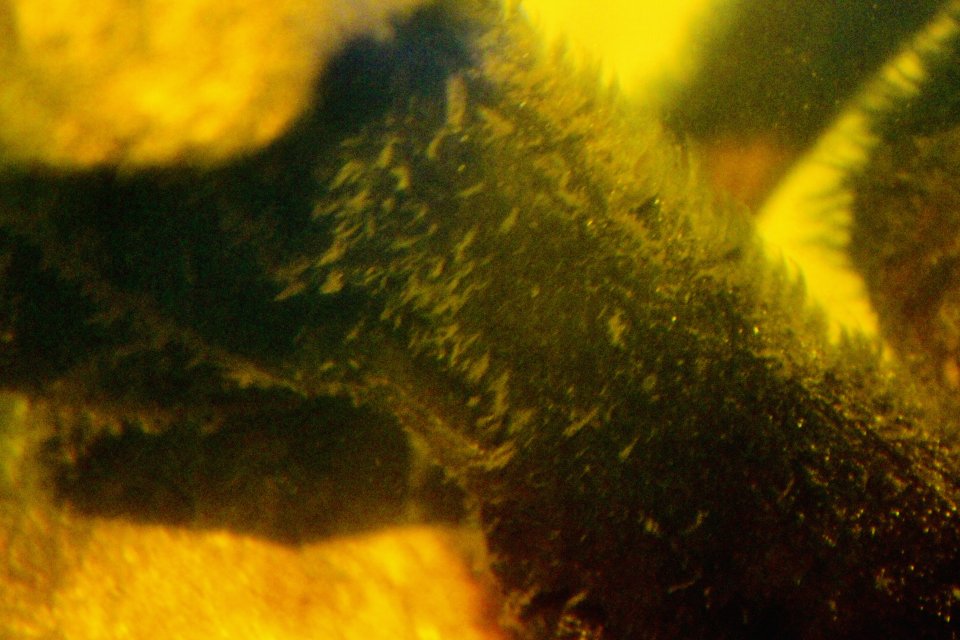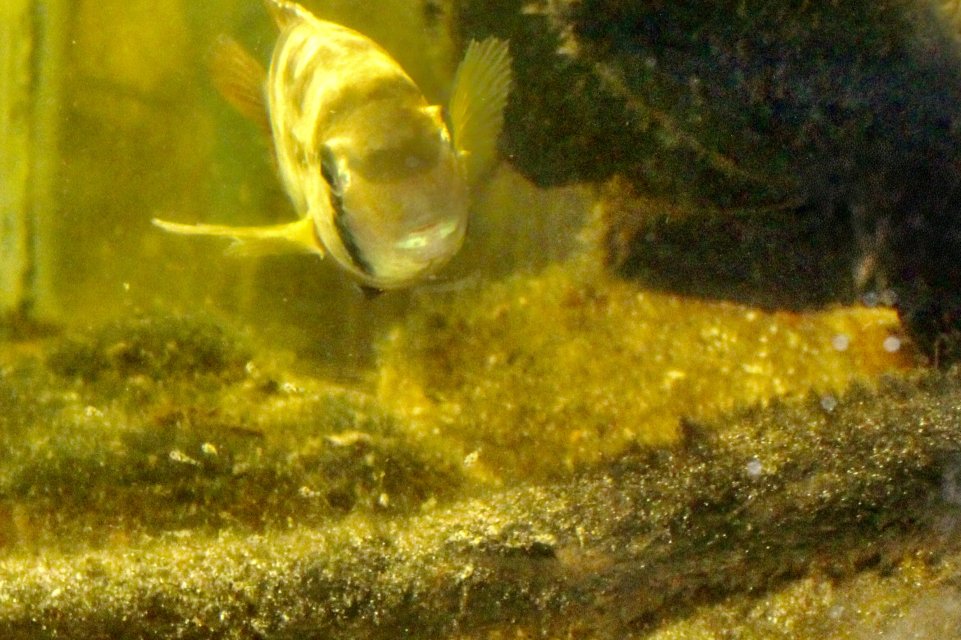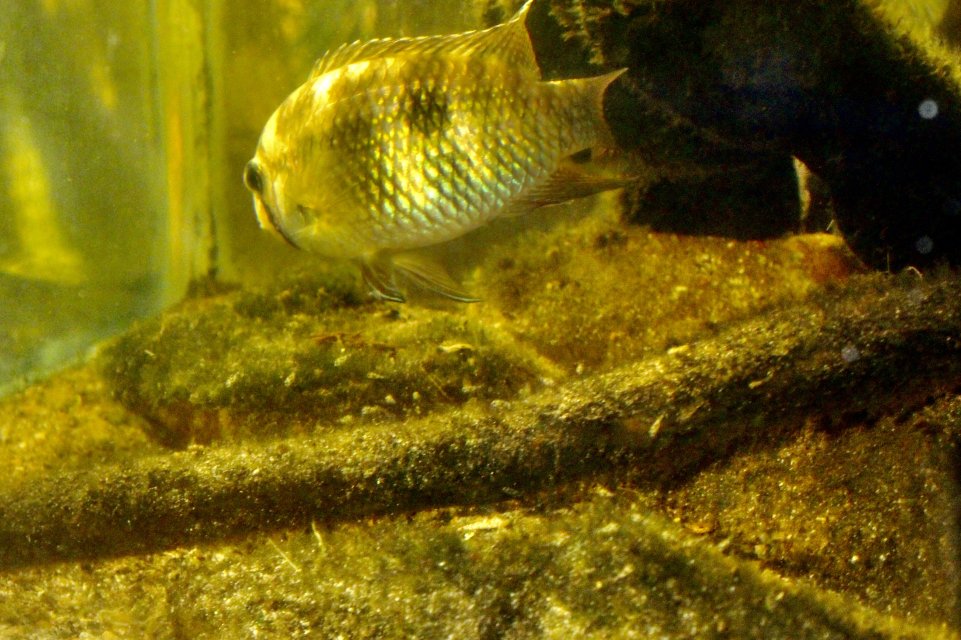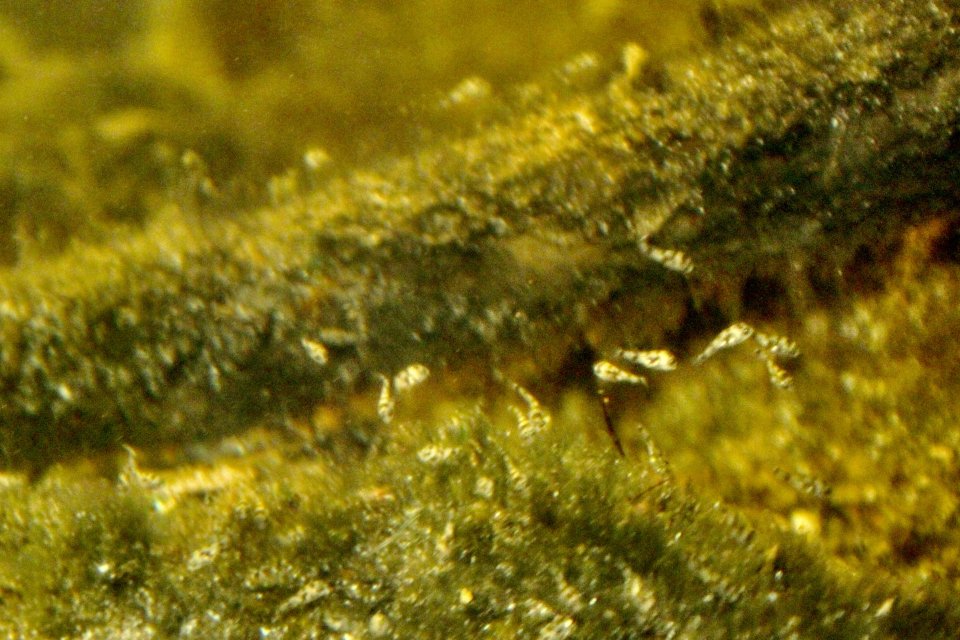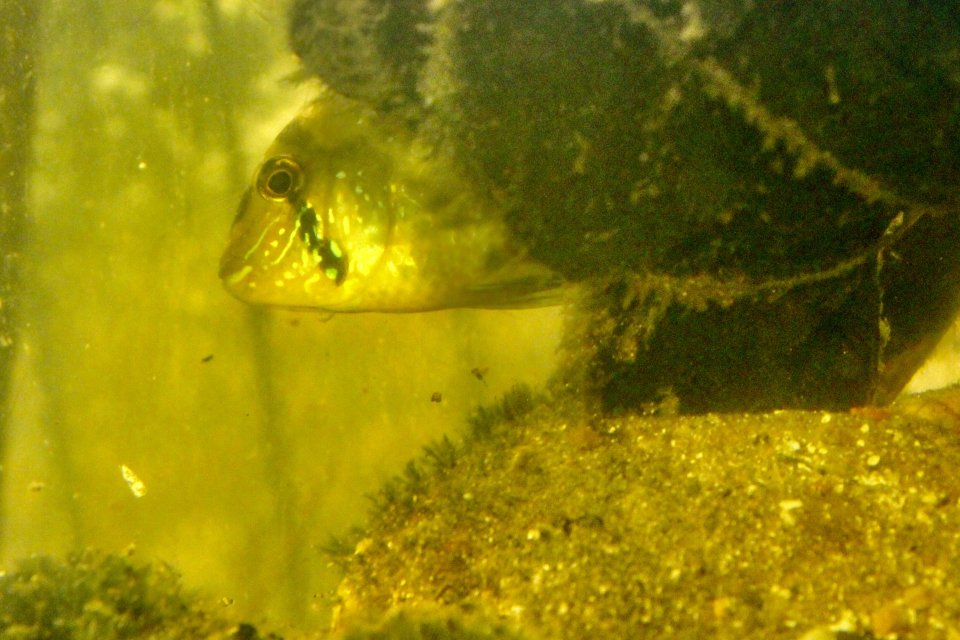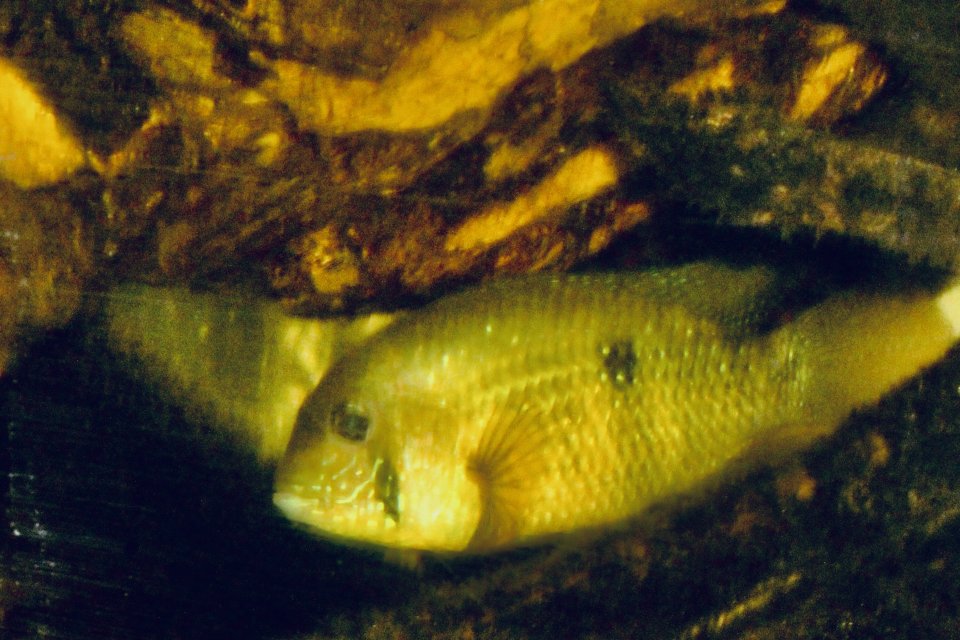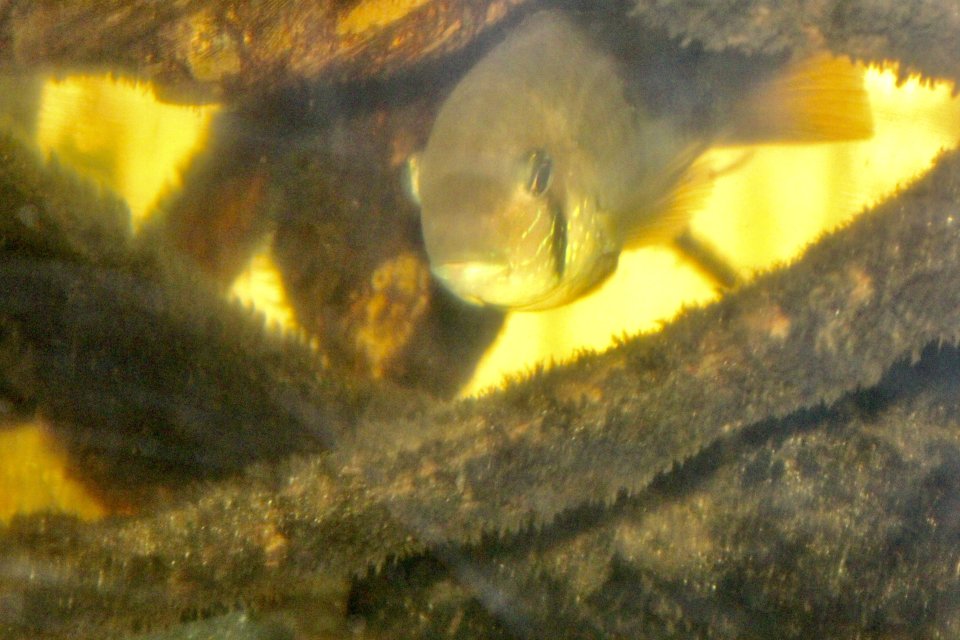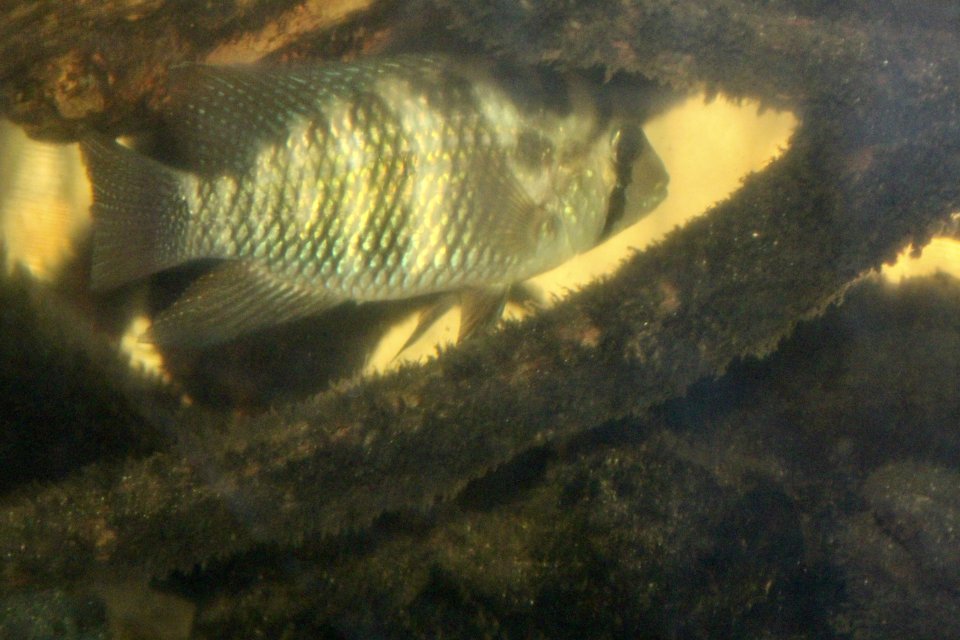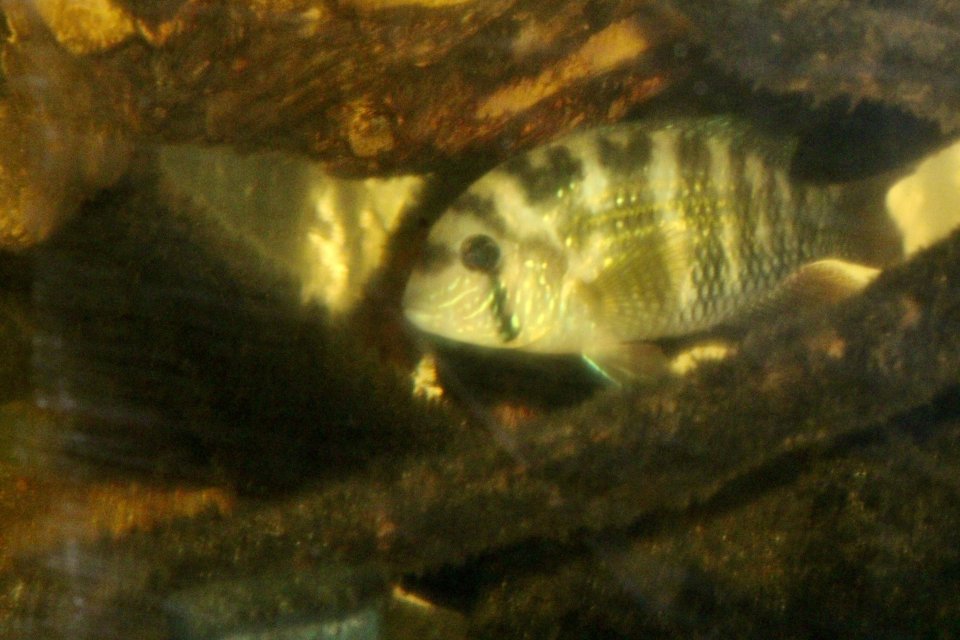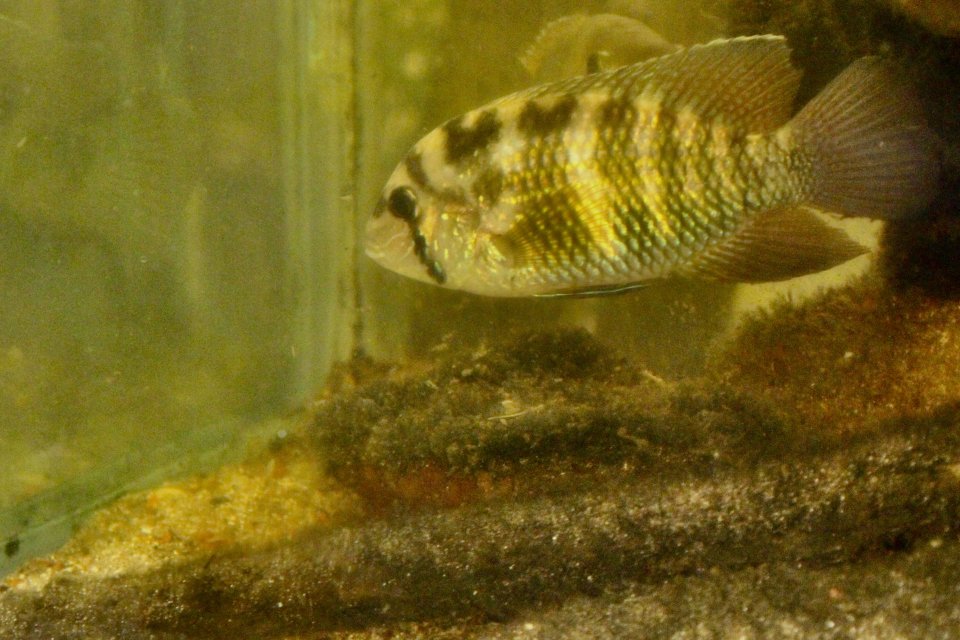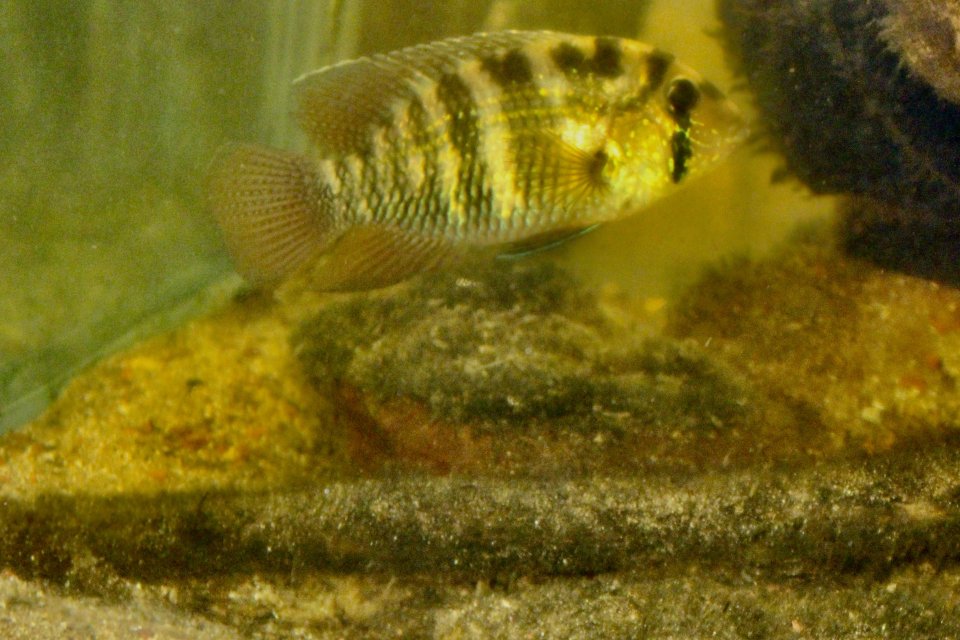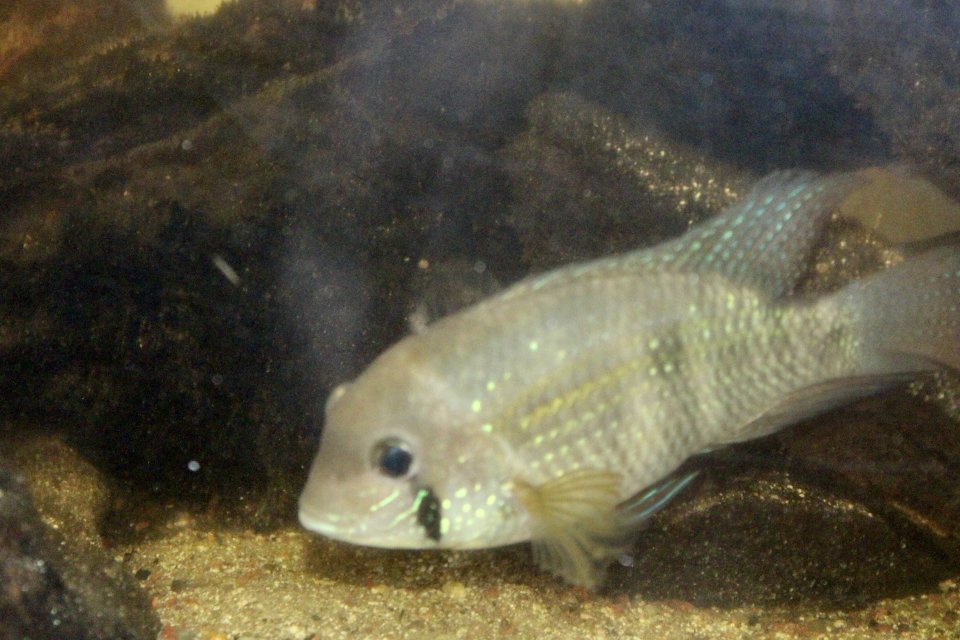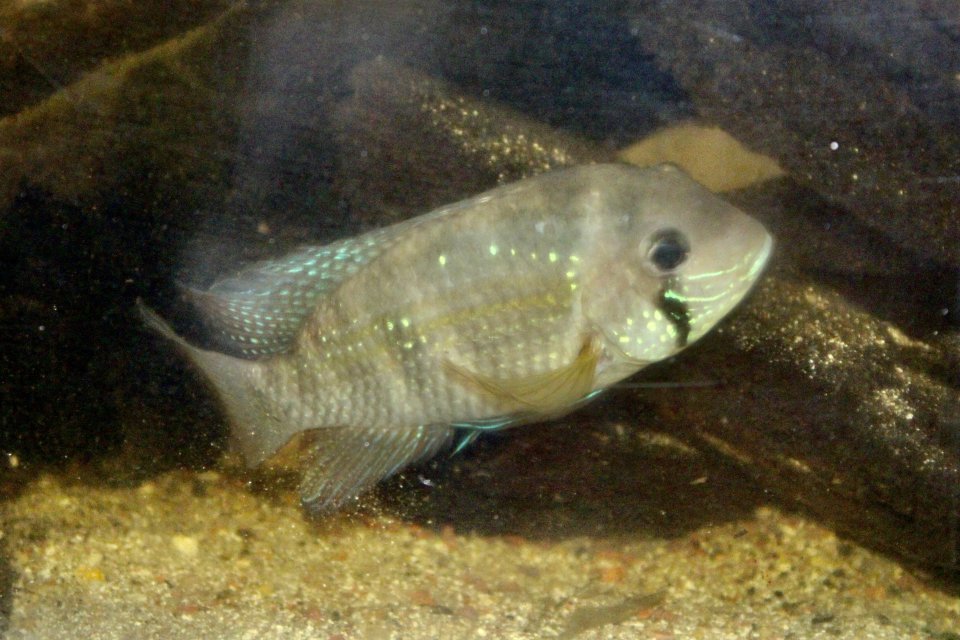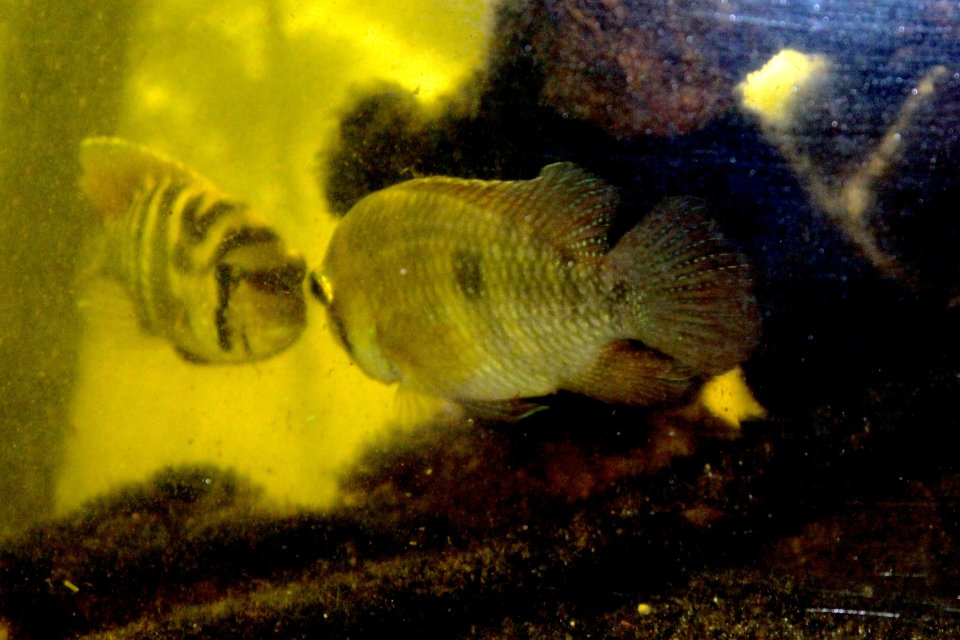Lil spawning activity.
- Thread starter duanes
- Start date
You are using an out of date browser. It may not display this or other websites correctly.
You should upgrade or use an alternative browser.
You should upgrade or use an alternative browser.
Back in the 80s they were readily available, but as some species seem to do, after being common place for a while, lost its luster, and almost disappeared from the hobby.
It may have been replaced by its more strikingly colorful Andinoacara cousin the GT in the 90s, and of late, its man induced color strain the electric blue acara.
Here in Panama it is probably the most common species of endemic cichlld found.
The 1st variant below is found in more eastern Panama, the more remote areas near the Darian Gap, and is slightly more gold in color.
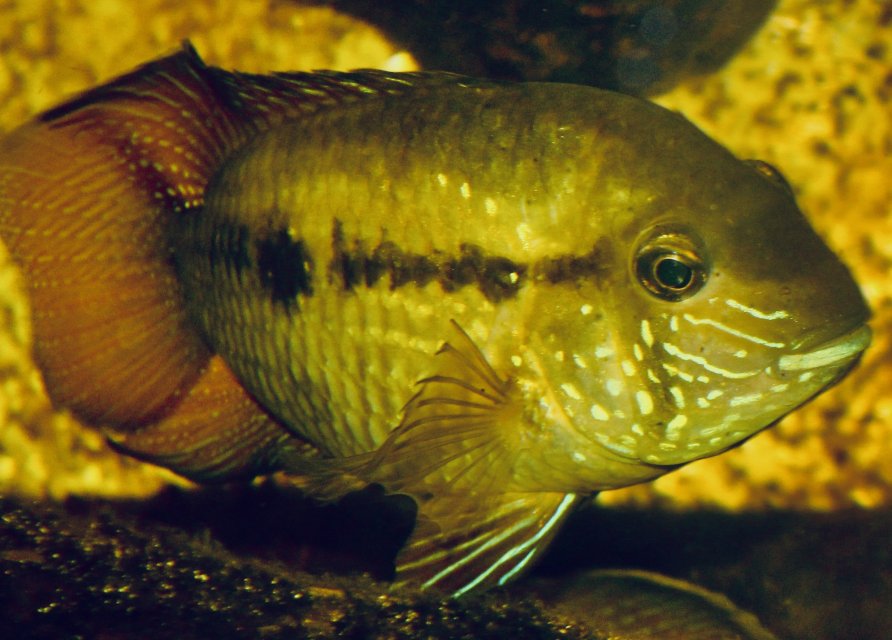
5 years ago I had the more Central Panamaian variant, which showed more intense blue spangling.
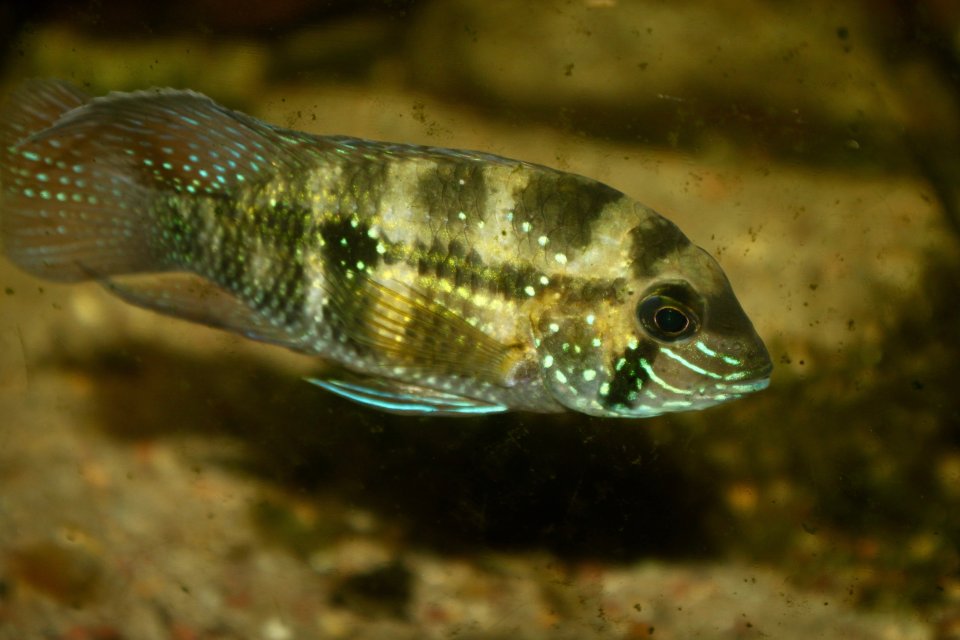
For those with hard, high pH water, this species might be mote adaptable than those like A pulcher found in the soft low pH waters of norhern S America, or even the GT clade from neutral pH waters, and slightly more alkaline rivers west of the Andes.
Everywhere I've caught these so far, the pH was been at least 8, and water has been hard.
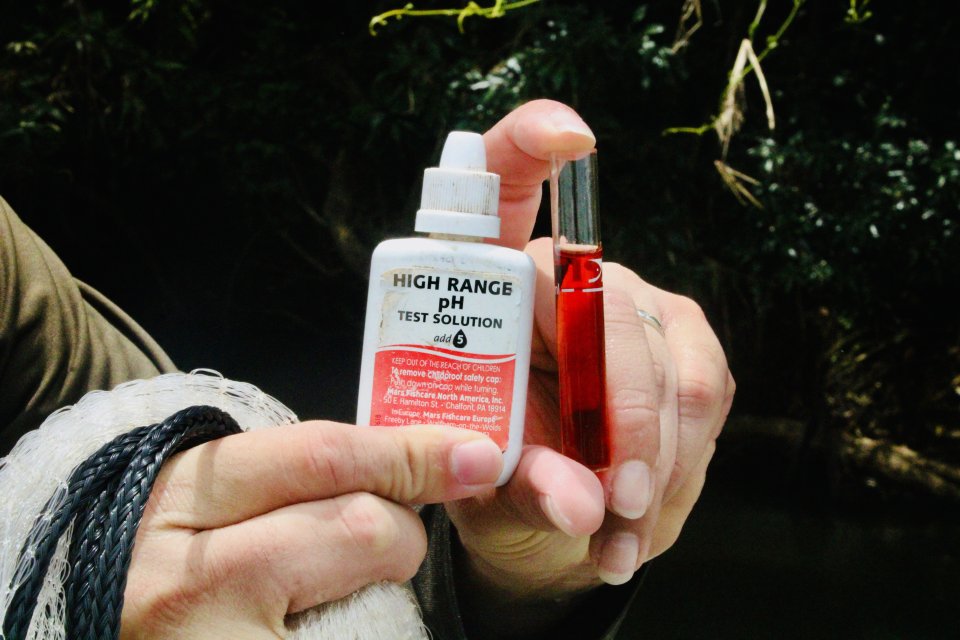 ,
, 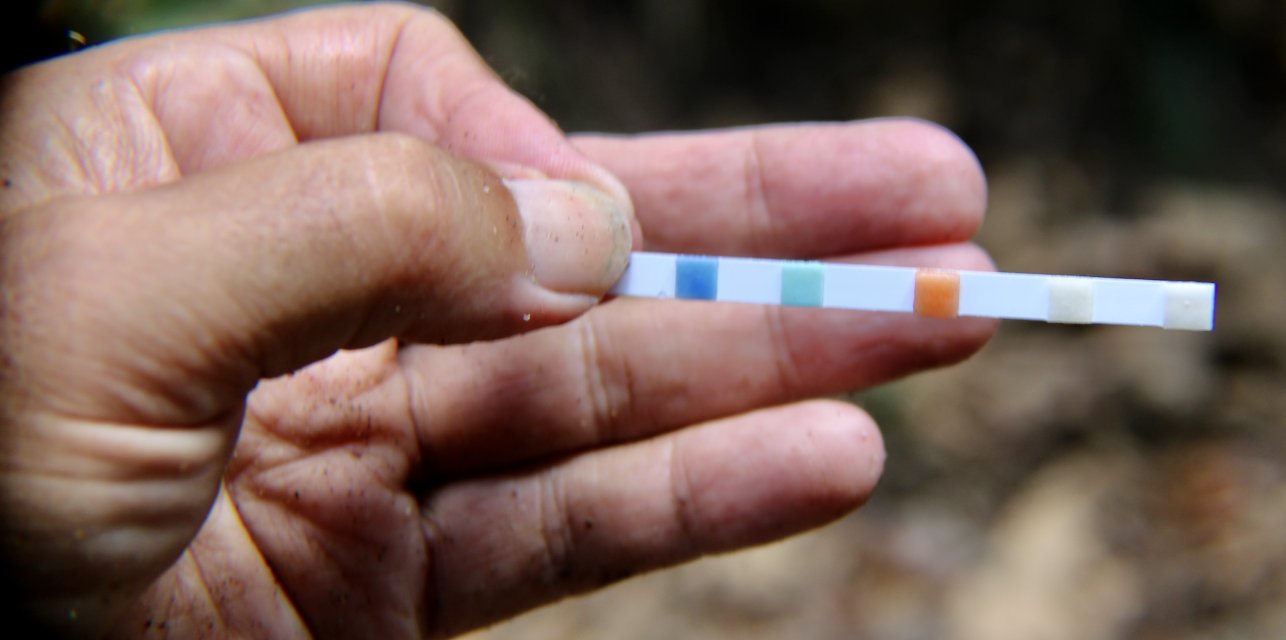
It may have been replaced by its more strikingly colorful Andinoacara cousin the GT in the 90s, and of late, its man induced color strain the electric blue acara.
Here in Panama it is probably the most common species of endemic cichlld found.
The 1st variant below is found in more eastern Panama, the more remote areas near the Darian Gap, and is slightly more gold in color.

5 years ago I had the more Central Panamaian variant, which showed more intense blue spangling.

For those with hard, high pH water, this species might be mote adaptable than those like A pulcher found in the soft low pH waters of norhern S America, or even the GT clade from neutral pH waters, and slightly more alkaline rivers west of the Andes.
Everywhere I've caught these so far, the pH was been at least 8, and water has been hard.
 ,
, 
Last edited:



